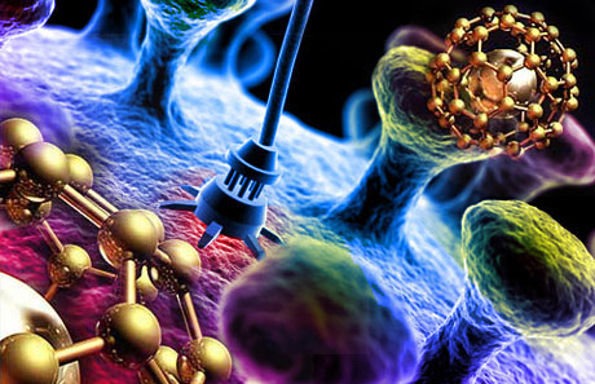Uncategorized
Biochemicals Medicines
:Biochemicals Medicines
Antagonist: It is used in pharmacology and biochemistry and is a kind of ligand and a chemical that can be transplanted with a receptor or a drug species that, by binding to the receptors of that cell, performs the receptor-receptor-transplant transplant, but does not cause any response or reaction from the cell. An antagonist in pharmacology mimics the action of an agonist in a cell, but by blocking the site (active site) prevents the binding and action of an agonist, or does so, but does not affect. What happens with an antagonist in a cell may be irreversible or irreversible, depending on the type of transplant created with the receptor, but often the effect of the nervous-related antagonists may, in some cases, lead to poisoning or death due to disturbance in the signaling process. To make.
Main article: Receiver (Biochemistry)
Cellular receptors are a kind of protein that is active or inactive in association with its own ligand (such as hormones and neurotransmitters) or an external substance (such as drugs or narcotics), and its effect, incitement, or inhibition of a biological reaction on the part of The cell.
:Pharmacodynamics
Biyssylolytic receptors have sites that are active in the site, which, due to their particular form, only find the ability to bind to the related substances (relevant ligands), which after the transplantation, the response can lead to another response (opening a membrane channel or producing a chemical). Now, if a substance could be active on the site by mimicking part of the protein body of the ligand but it would continue to be disturbed due to a structural defect (for example, the open channel or material need not be produced), and also prevent the agonist bond from occupying the site, Part of the cellular response required by the body is eliminated. This property in pharmacology can be used to treat certain disorders or diseases. Occasionally, some toxins (such as snake venom), blocking a receptor, can disrupt cellular metabolism and may also lead to death.
:Types of
1. Competitive antagonists: When an antagonist concentration increase, it can inhibit the response to the constant concentrations of an agonist. (For example, some muscle relaxants as competitive antagonists can neutralize the effect of acetylcholine agonist)
2. Non-competitive antagonists: When even increasing the agonist concentration can not overcome the antagonist and in any case, an antagonist will continue to block the receptor.
3. Incomplete agonist: If an agonist, sitting on the active site, would perform a desirable operation imperfect, that is, less than what a complete agonist could have in the cell.
:Selective and non-selective
When it comes to agonists or antagonists on receptors, we must remember that the receptors themselves have different types (e.g., alpha 1 and alpha 2, etc.). If a medication after the entry into the body uses all the concomitant receptors (e.g., alpha), it is a non-selective agonist (or antagonist), and if it only stimulates a specific category of a receptor (e.g. alpha-2) by entering the body, it is an agonist (Or antagonist) is called selective (proprietary). In pharmacology, these two selective and non-selective topics are very important. Because sometimes a non-selective pacemaker or blocker can have a negative .effect on the same cell or organ in a positive manner on the same cell or organ
:Irreversible and irreversible
Reversible antagonists with bonds other than covalent bonding, such as ion-hydrogen, electrostatic-hydrophobic, etc., are bind to the receptor.
.The irreversible antagonists exclusively interact with the receptor with a covalent bond


